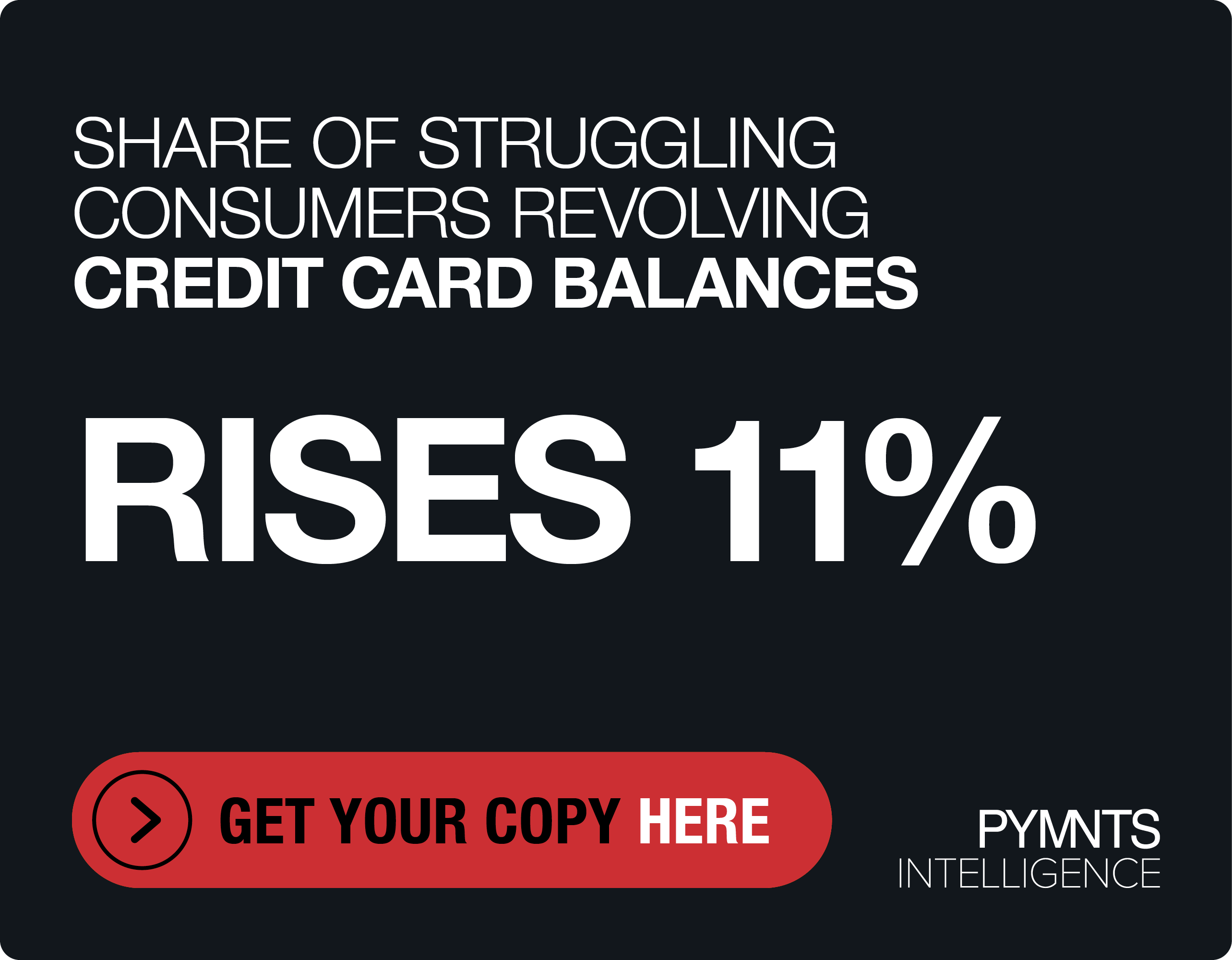Businesses Want Cheaper Payments and Faster Receivables, Says Bank of America
The only constant is change, and the only necessity is adapting to it.
This adage is particularly true within the global digital payment collection and bill presentment services ecosystem.
“It’s no surprise that the growth in digital payments has outpaced paper-based transactions, but the challenges to suppliers remain the same — and that’s primarily around receiving payments fast and securely to reduce [day sales outstanding (DSO)] and to receive streamlined remittance information so that they can reconcile to the receivables,” Bryan Stahl, head of digital and emerging receivables at Bank of America, told PYMNTS.
Stahl emphasized the distinction between consumer-to-business (C2B) and business-to-business (B2B) payments.
In the C2B space, electronic bill presentment and payment collection (EBPP) solutions have been around for more than two decades. These services focus on providing consumers with payment choices and ease of access. Consumers can use credit cards, local bank transfers, digital wallets and alternative payment methods like PayPal and Venmo.
On the other hand, in the B2B space, innovation is being driven by the need to streamline the payment process and enhance remittance information, which is crucial for supplier-client relationships.
Stahl noted that remittance information is one of the reasons that more antiquated solutions like lockboxes haven’t gone away entirely.
Regional Variations Lead to Varied Advancements
“The digital payment collection landscape varies tremendously actually across regions,” Stahl said. “In Asia, for example, the adoption of credit card payments is not what it is here in the U.S., and alternative methods are favored, meaning that collection solutions leverage those methods. In contrast, Latin America has predominantly relied on physical cash, but in the last several years, we’ve seen the evolution of real-time payments and the adoption of QR code technology dramatically change that landscape.”
In Brazil, Pix is one of the best examples of the convergence of these technologies coming together due, in part, to a central bank mandate to provide clients and their customers with secure and streamlined digital payments.
In an ideal world, Stahl added, the digital payment collection and bill presentment services should revolve around two main aspects.
First, they should offer a wide array of payment options for consumers or businesses, ensuring ease of access. This includes online portals, smart emails with payment links, QR codes and emerging technologies like artificial intelligence (AI) chatbots for quick and convenient payment.
Second, from the supplier’s perspective, the services should facilitate automated and streamlined reconciliation, allowing them to efficiently manage their receivables.
“The next generation of digital payment solutions will create an end-to-end payment network that ties all of these different applications together, allowing buyers to view their invoices, [providing] a menu of payment options for them to make payment on, and then [enabling] a fully automated and streamlined reconciliation back to the supplier,” Stahl said.
Meeting Treasury and Finance Departments’ Needs
By moving away from paper-based transactions, businesses can reduce operational costs and minimize fraud exposure.
Digital payment solutions can also increasingly be a treasurer’s or finance leader’s best friend by providing tools for automated reconciliation, which not only improves efficiency but also allows organizations to repurpose resources for revenue-generating activities.
As the digital payment landscape continues to evolve, treasury teams should consider several factors, Stahl said.
First, they must anticipate the growing adoption of digital payment methods, especially among younger generations like Generation Z and Generation Alpha, who will bring digital methods and behaviors with them as they enter the workforce.
Secondly, real-time payments are expected to become the norm, and businesses should be prepared to leverage these technologies.
“It starts with the infrastructure,” Stahl said. “Treasurers need to look at their [enterprise resource planning (ERP)] system and see if it supports the latest integrations.”
Lastly, finance departments need to embrace regulatory-driven innovations, such as open banking regulations. This can lead to new payment methods like pay-by-bank, which is quickly growing in popularity in Europe and Australia.
“Open banking is essentially a move by regulators to have banks share their [application programming interfaces (APIs)], which allows clients to move their data between institutions freely,” Stahl explained. “It’s these types of innovations that are really creating the next generation of payment tools.”
Overcoming Bottlenecks and Looking to the Future
The main bottlenecks in the broader adoption of digital payment collection services include infrastructure development, educational gaps and regulatory hurdles. In regions where real-time payments are still in their infancy, the banking industry needs to invest in infrastructure to support these technologies.
Educating businesses and consumers about the benefits of digital payments is essential, as is addressing regulatory challenges, Stahl explained.
So, what does the Bank of America leader see the future holding?
“At the end of the day, while there’s no one-size-fits-all payments solution across the global landscape … there are certain principles that will hold true globally,” Stahl said. “Customers want ease of access and payment options, and clients want faster, cheaper payment options along with fully automated reconciliation of their receivables.”

